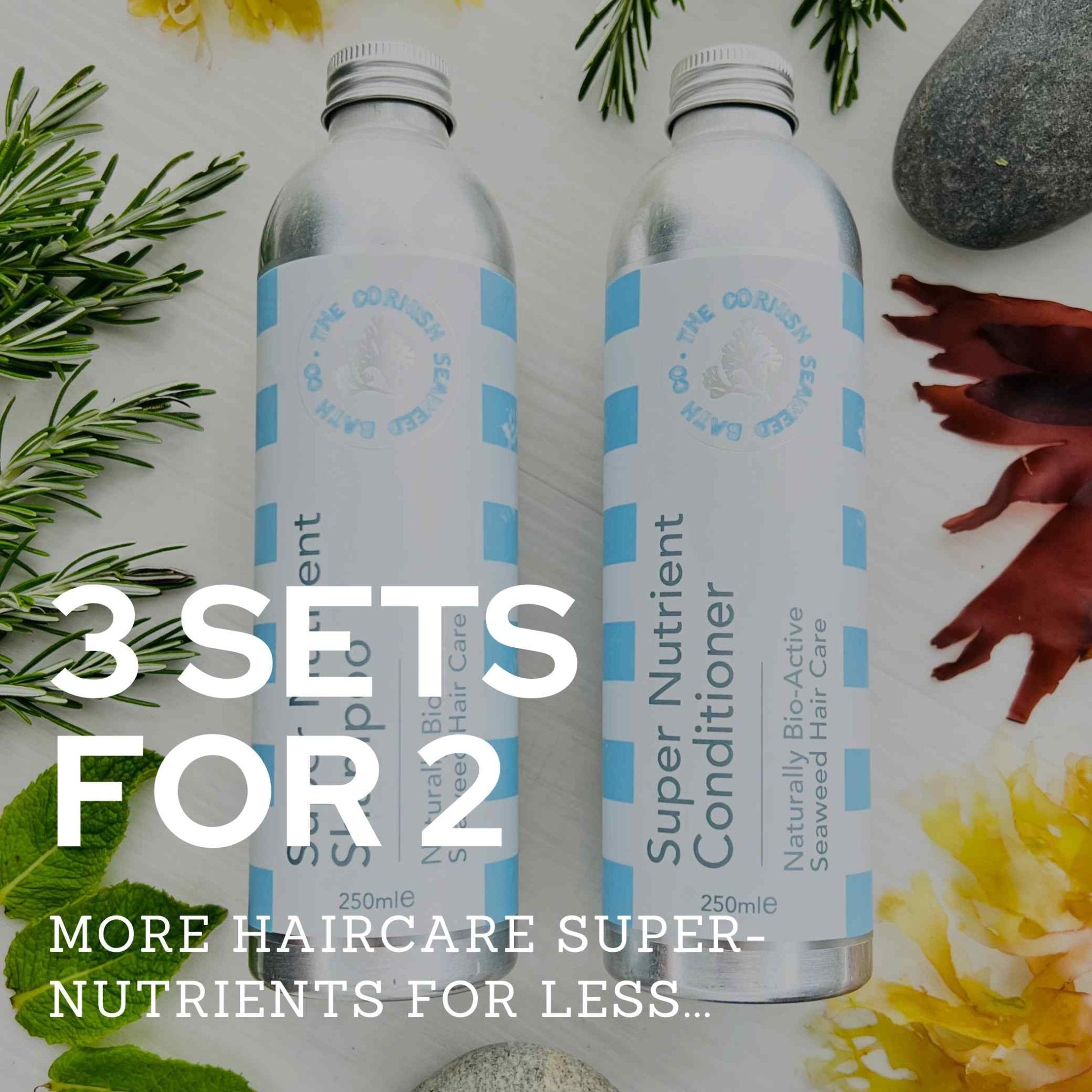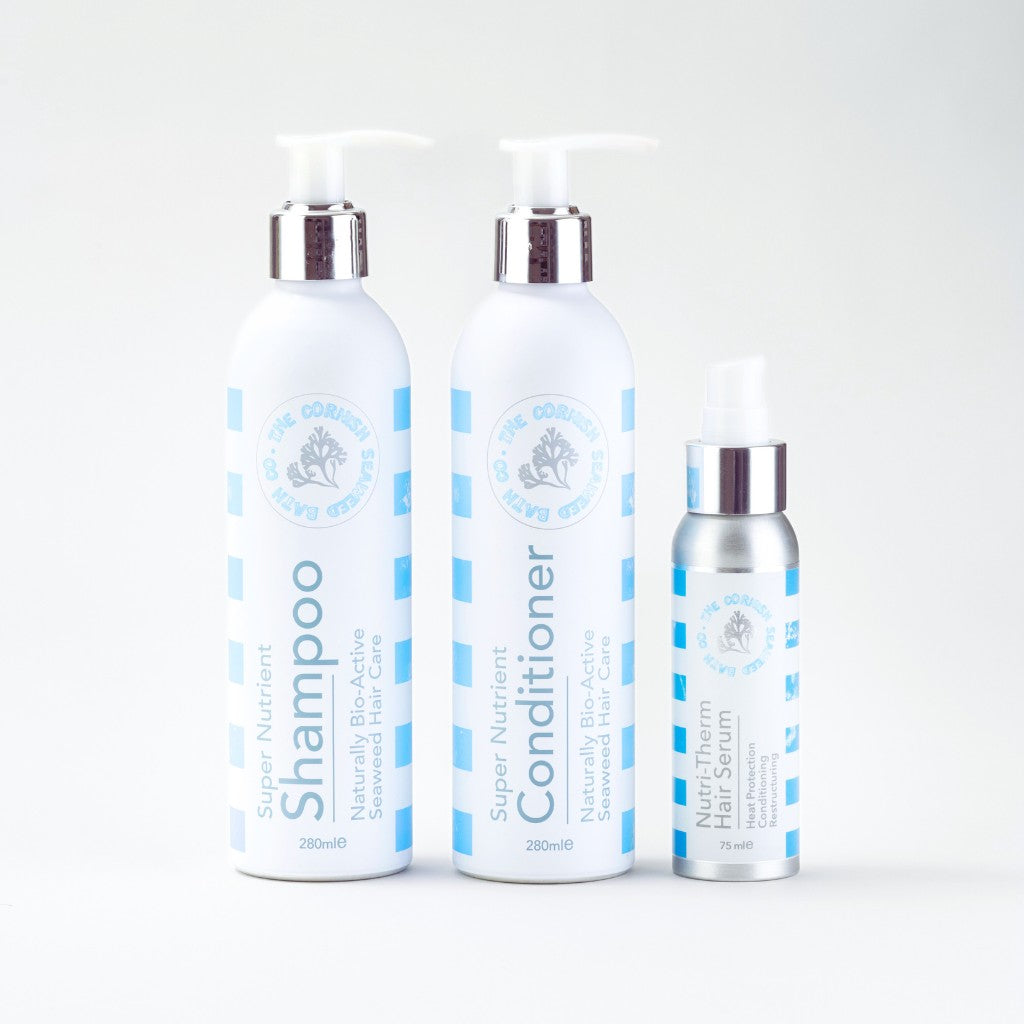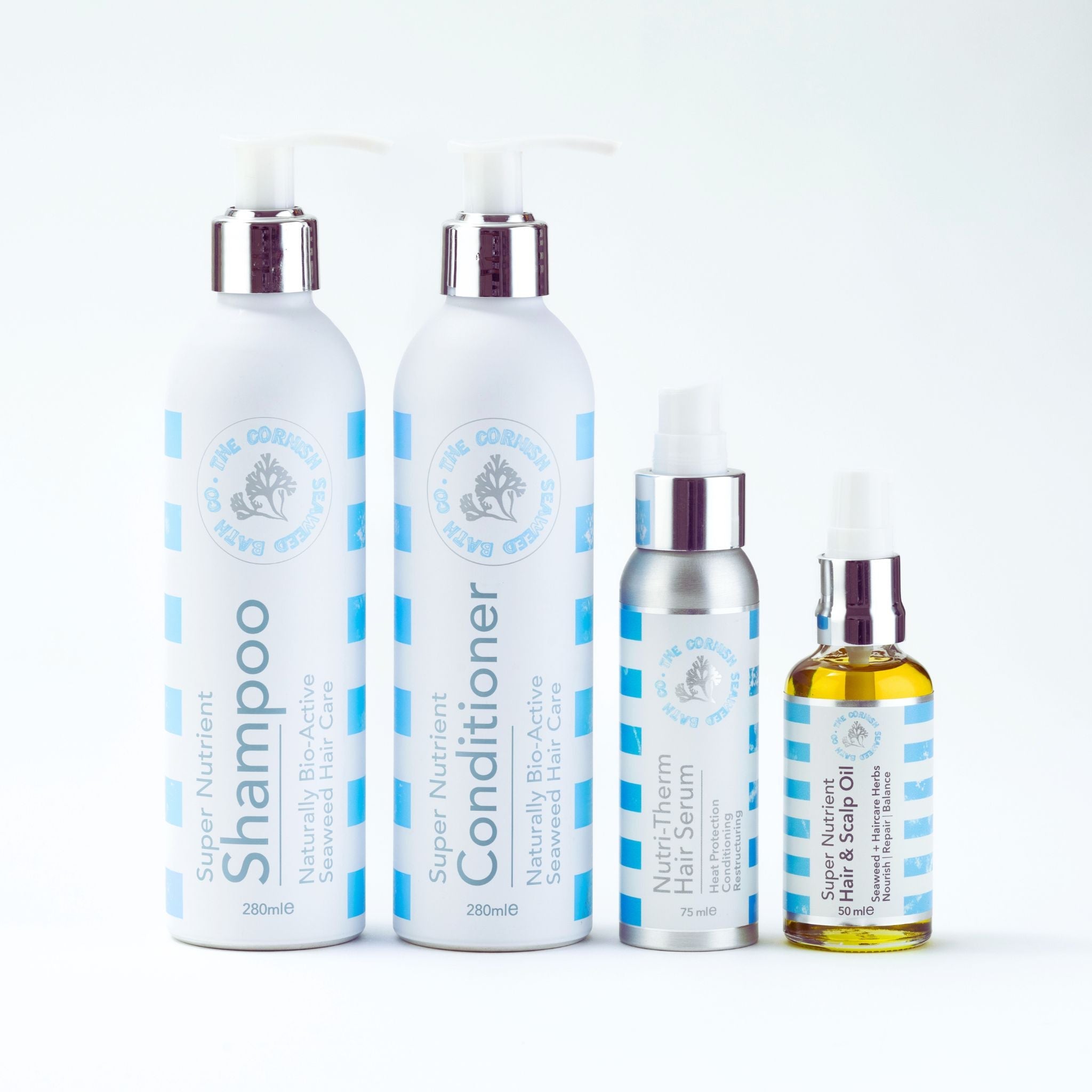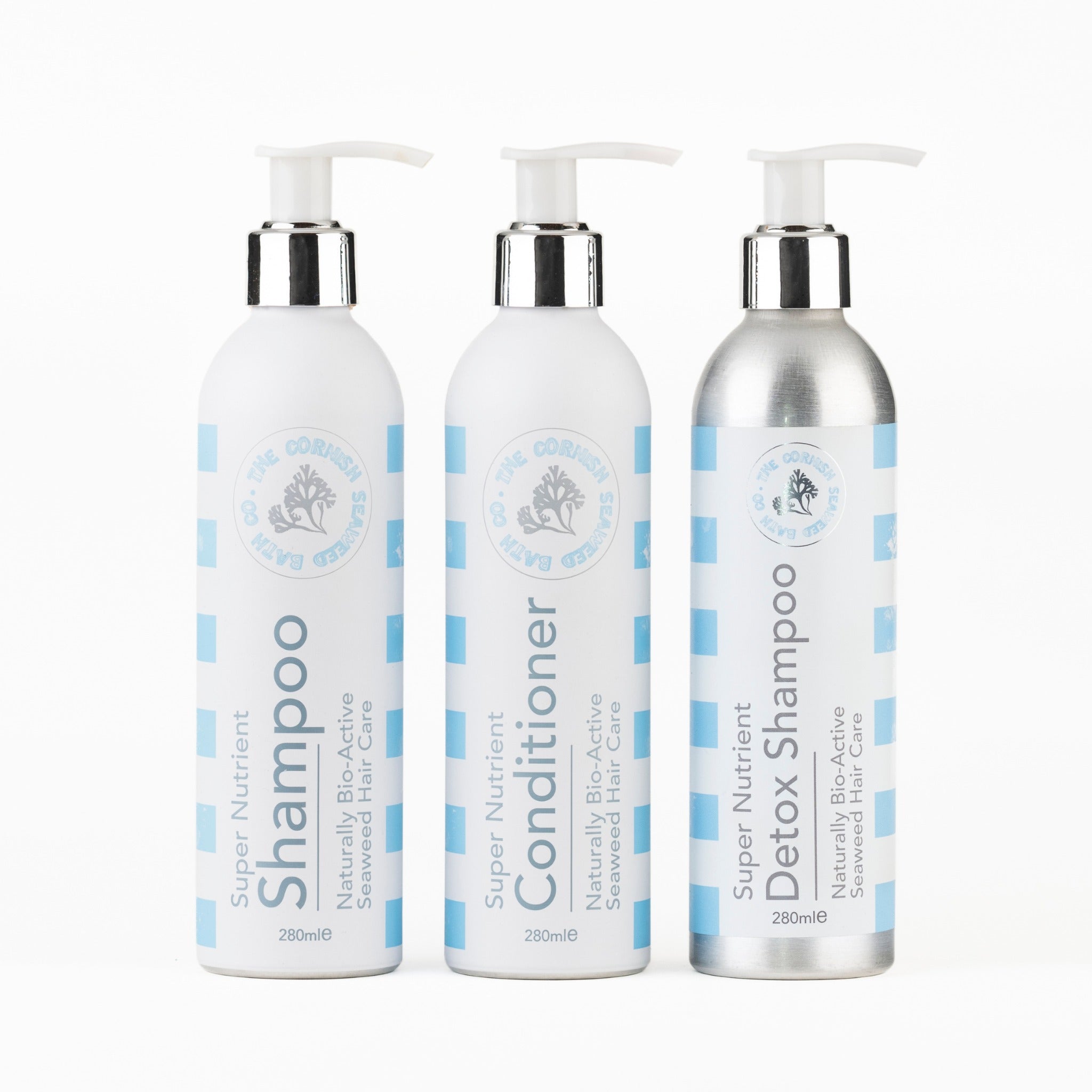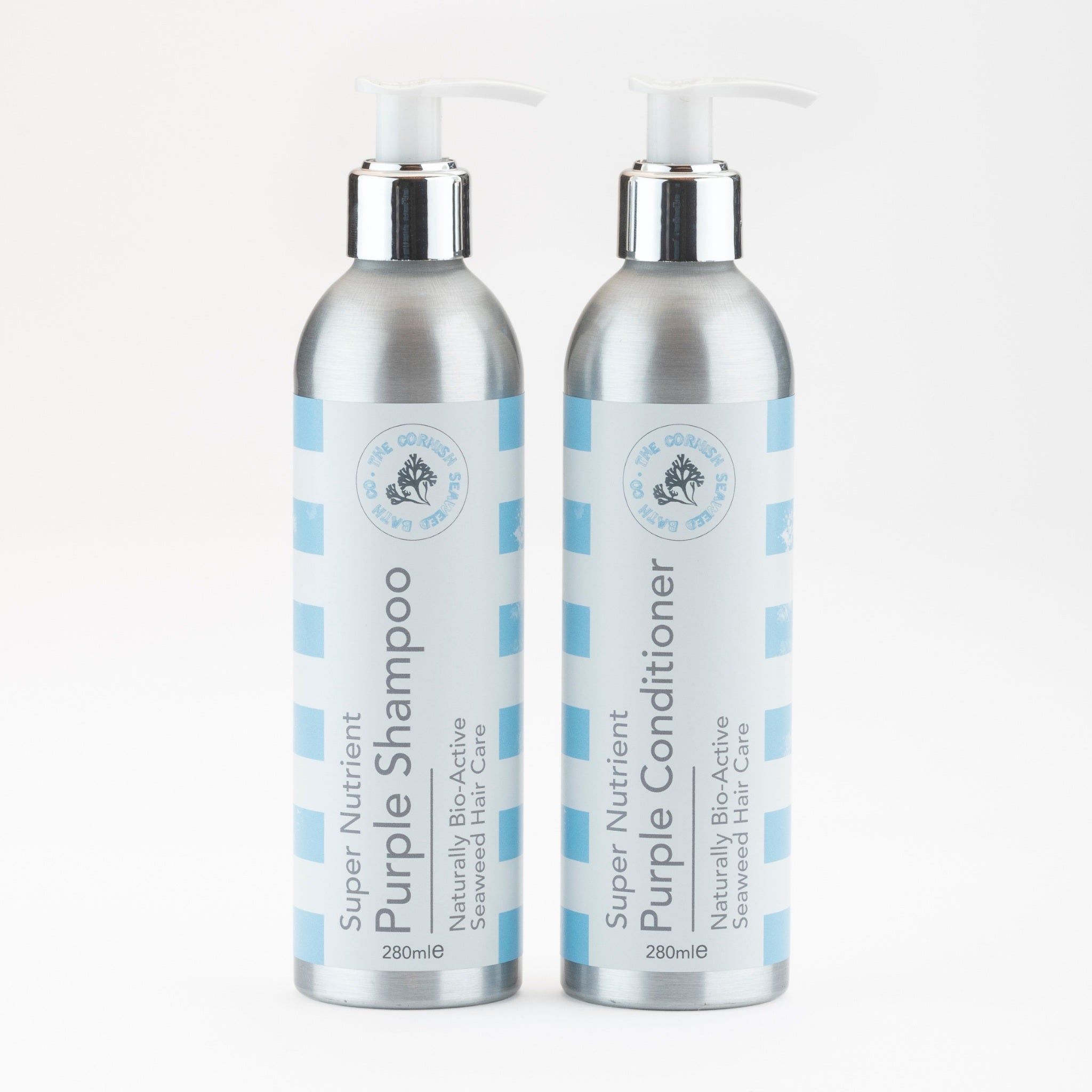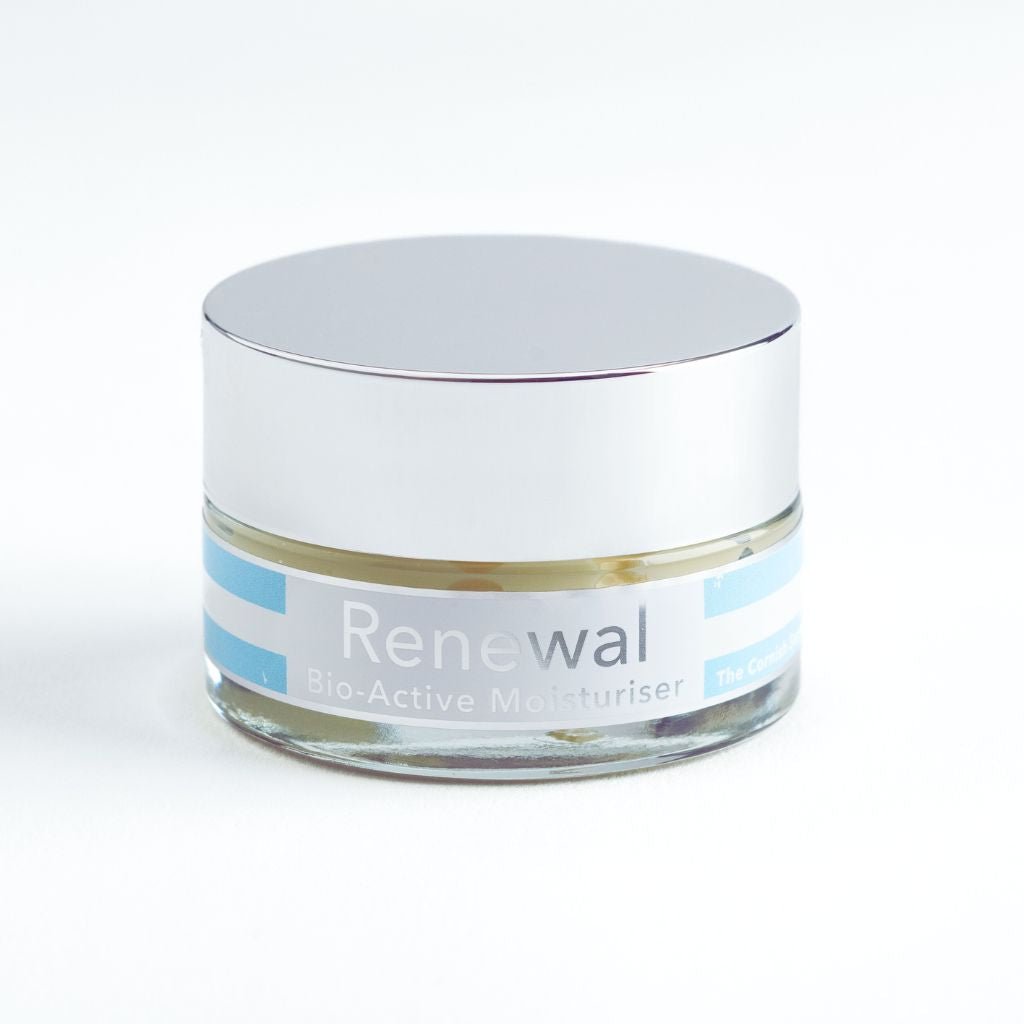Key Takeaways
- Bathing frequency should be tailored to your dog's individual needs rather than a fixed schedule.
- Most healthy dogs benefit from a bath every 4-6 weeks.
- Coat type, lifestyle, and skin sensitivity are important factors in determining how often to bathe your dog.
- Supporting your dog's skin and coat health naturally is essential when deciding on bathing routines.
Table of Contents
- Factors That Determine How Often You Should Bathe Your Dog
- Recognising When Your Dog Needs a Bath
- Step-by-Step Guide – Bathing Your Dog at Home
- Beyond Bathing – Maintaining Skin and Coat Health
- Special Considerations – Puppies, Seniors, and Sensitive Skin
- Choosing the Right Products and Tools
- Special Considerations – Bathing for Puppies, Seniors, and Dogs with Skin Conditions
- Choosing the Right Products and Tools for Bathing Your Dog
Understanding how often you should bathe your dog isn't about following rigid schedules, it's about recognising your dog's individual needs whilst supporting their skin and coat health naturally. Most healthy dogs thrive with bathing every 4-6 weeks, but factors like coat type, lifestyle, and skin sensitivity create unique requirements for each companion.
Thoughtful bathing becomes part of holistic care that honours your dog's comfort whilst maintaining the natural balance of their skin. Rather than disrupting this delicate ecosystem with harsh products or excessive washing, gentle routines using natural ingredients can actually support your dog's wellbeing between necessary baths.
For those looking to make bath time even easier and more sustainable, consider using a bamboo soap bag to help lather and gently exfoliate your dog's coat, ensuring a thorough yet gentle clean.
Quick Answer
Average healthy dog: bathe every 4-6 weeks. Active outdoor dogs may need weekly baths, whilst indoor dogs with healthy coats might go 6-8 weeks. Watch for odour, visible dirt, or skin irritation as your primary indicators.
Factors That Determine How Often You Should Bathe Your Dog
Your dog's bathing needs emerge from the intersection of their genetics, environment, and individual health patterns. Breed characteristics, activity levels, and skin sensitivity create a unique profile that determines optimal bath frequency far more accurately than any universal timeline.
Over-bathing strips natural oils that protect your dog's skin barrier, whilst under-bathing allows dirt, allergens, and bacteria to accumulate. The key lies in recognising when your dog's natural cleaning mechanisms need gentle support rather than replacement.
Breed and Coat Type
Double-coated breeds like Golden Retrievers and German Shepherds possess natural water-repelling oils that regular brushing distributes effectively, requiring baths only every 6-8 weeks unless they encounter mud or strong odours. Short-haired breeds such as Beagles and Bulldogs typically need bathing every 4-6 weeks, as their coats offer less protection from environmental elements.
Hairless breeds like Chinese Cresteds require weekly bathing due to exposed skin that accumulates oils and debris, whilst long-haired breeds prone to matting benefit from more frequent baths combined with thorough brushing. Assess your dog's coat by running your fingers through it, healthy coats feel smooth and smell neutral, signalling effective natural maintenance.
Health and Skin Sensitive Dogs
Dogs with allergies, dermatitis, or other skin conditions often need modified bathing schedules that support healing rather than irritation. Gentle, natural formulations become essential for these companions, as harsh detergents can trigger flare-ups or worsen existing sensitivity.
Our Dog Shampoo Bar, enriched with seaweed, Angelica Sinensis, and dandelion, provides nourishing cleansing that supports sensitive skin without stripping protective oils. Consult your vet if you notice persistent scratching, red patches, or unusual odours that don't resolve with gentle bathing adjustments.
Recognising When Your Dog Needs a Bath

Your senses provide the most reliable indicators for bath timing. Noticeable odour that doesn't resolve with brushing, visible dirt or debris in the coat, or increased scratching and skin irritation all signal that how often you should bathe your dog may need immediate attention rather than schedule adherence.
Environmental factors create additional bathing triggers: muddy woodland walks, rolling in grass during pollen season, or swimming in ponds introduces elements that natural grooming cannot address. Coastal walks expose dogs to salt and sand that, whilst not immediately harmful, benefit from gentle rinsing to prevent skin irritation.
Top 5 Bath-Time Indicators
- Noticeable odour despite regular brushing
- Visible dirt, mud, or debris in coat
- Increased scratching or skin discomfort
- Greasy or sticky coat texture
- Contact with allergens (pollen, certain plants)
Step-by-Step Guide – Bathing Your Dog at Home
Successful home bathing begins with preparation that prioritises your dog's comfort and safety. Gather supplies beforehand: our Dog Shampoo Bar, absorbent towels, a non-slip bath mat, and treats for positive reinforcement. Pre-bath brushing removes loose fur and prevents drain blockages whilst distributing natural oils.
Use lukewarm water, never hot, to wet your dog thoroughly, starting from the neck down to avoid getting water in ears and eyes. Work our Dog Shampoo Bar into a gentle lather, using approximately pea-sized amounts per 2kg of body weight as your starting guide. The bar's formulation with seaweed, mint, and supporting plant oils creates a nourishing cleanse that leaves coats soft and fresh.
Focus massage on areas prone to dirt accumulation: paws, groin, tail base, and behind ears. Rinse thoroughly, soap residue can cause irritation and dullness. Pat dry with towels rather than vigorous rubbing, and use a towel on cool, low settings for thick coats that retain moisture.
Why Choose Our Dog Shampoo Bar
Supports natural skin barrier function with gentle botanicals, suitable for regular use, and contains skin-soothing seaweed and Angelica Sinensis for comprehensive coat care.
Beyond Bathing – Maintaining Skin and Coat Health
Daily brushing remains your most powerful tool for maintaining coat health between washes. Regular brushing distributes natural oils throughout your dog's fur, prevents matting, and removes loose hair and debris that would otherwise require more frequent bathing. For short-haired breeds, a weekly brush suffices, whilst double-coated dogs benefit from daily attention during shedding seasons.
Spot cleaning tackles localised mess without disrupting your dog's skin barrier. Use a damp cloth or dog-specific wipes for muddy paws, dirty faces, or minor coat soiling. This targeted approach maintains cleanliness whilst preserving the natural oils that protect your dog's skin.
For dogs experiencing minor skin dryness or irritation between baths, our Wild Seaweed Skin Repair Balm provides gentle support. Apply a pea-sized amount to affected areas, focusing on dry patches or areas prone to chafing. The combination of seaweed, frankincense resin, and organic shea butter helps soothe uncomfortable skin whilst supporting natural healing.
Regular nail trims, ear cleaning, and dental care complement your bathing routine. These simple maintenance tasks prevent issues that might otherwise require more intensive grooming interventions, keeping your dog comfortable and reducing the need for frequent professional grooming visits.
For more holistic skin care ideas, read about five ways to use seaweed to care for your skin health and discover natural approaches that benefit both you and your dog.
Special Considerations – Puppies, Seniors, and Sensitive Skin

| Life Stage | Bathing Frequency | Key Considerations | Special Needs |
|---|---|---|---|
| Puppies (8-16 weeks) | Every 6-8 weeks | Temperature regulation | Positive associations |
| Adult Dogs | Every 4-6 weeks | Individual lifestyle factors | Activity-based adjustments |
| Senior Dogs (7+ years) | Every 6-8 weeks | Joint comfort, skin sensitivity | Gentle handling, shorter sessions |
| Skin Conditions | Vet-recommended schedule | Therapeutic requirements | Specialised products |
Introducing Puppies to Bathing
Young puppies require careful introduction to bathing, focusing on creating positive associations rather than achieving perfect cleanliness. Wait until your puppy has completed their vaccination series before their first proper bath, typically around 12-16 weeks. Use lukewarm water, speak in soothing tones, and keep initial sessions brief to prevent stress or chilling.
Our Dog Shampoo Bar's gentle formulation proves ideal for sensitive puppy skin, with seaweed and angelica sinensis providing nourishment without harsh chemicals. Start with half the adult amount, focusing on creating a calm experience rather than thorough cleaning – spot cleaning often suffices for minor puppy messes.
Bathing Senior Dogs – Comfort First
Older dogs often develop arthritis or joint stiffness that makes standing in baths uncomfortable. Consider non-slip mats, raised basins, or professional grooming services with hydraulic tables. Senior skin tends toward dryness, making gentle products essential – our botanically-enriched shampoo bar supports mature skin without stripping natural protective oils.
Monitor senior dogs closely during bathing for signs of fatigue or discomfort. Shorter, more frequent sessions often work better than lengthy washes, and thorough drying becomes crucial as older dogs struggle more with temperature regulation.
Managing Allergies and Skin Conditions
Dogs with allergies, dermatitis, or other skin conditions require individualised bathing schedules determined by your veterinarian. Some conditions benefit from frequent washing to remove allergens, whilst others improve with less frequent bathing to preserve skin barrier function. Always consult your vet before adjusting bathing frequency for dogs with diagnosed skin issues.
The natural ingredients in our Dog Shampoo Bar – including skin-soothing dandelion and mint – provide gentle cleansing without synthetic fragrances or harsh detergents that might trigger sensitivities. For persistent dry patches or irritation, our Fragrance Free Skin Repair Balm offers targeted support between baths.
Choosing the Right Products and Tools
Never use human shampoo on dogs – the pH difference can disrupt their skin's natural protective barrier, leading to irritation and dryness. Dog-specific products respect canine skin chemistry, providing effective cleansing whilst maintaining essential natural oils. Quality matters more than quantity when selecting bathing products for your dog.
Essential bathing supplies include a non-slip bath mat, absorbent towels, a suitable brush for your dog's coat type, and lukewarm water. Our Dog Shampoo Bar eliminates the need for plastic bottles whilst providing concentrated, effective cleaning power – one bar typically lasts 2-3 months for average-sized dogs with regular bathing schedules.
What Makes Our Dog Shampoo Bar Unique
Cornish seaweed provides natural minerals that support skin health, whilst angelica sinensis and dandelion offer gentle botanical benefits. The solid bar format reduces packaging waste and provides excellent value – no water dilution means every gram delivers active ingredients.
For dogs requiring extra skin support, consider complementing regular bathing with targeted treatments. Our Itchy Ear Oil for Dogs addresses specific areas of discomfort, helping to maintain overall ear and skin health between baths.
If you're interested in broader grooming routines, you might also enjoy our Pups and Pooches collection for more dog-friendly products and accessories.
For further reading on related grooming topics, explore our article on how often should you wash your hair for insights into balancing cleansing routines for both pets and people.
For additional expert advice, see these dog grooming tips from the ASPCA.
Special Considerations – Bathing for Puppies, Seniors, and Dogs with Skin Conditions
Different life stages and health conditions require adjusted bathing approaches. Puppies need gentle introduction to water experiences, whilst senior dogs may require modified techniques to accommodate mobility or sensitivity changes. Dogs with existing skin conditions benefit from careful product selection and modified frequency schedules.
| Dog Category | Recommended Frequency | Key Considerations | Method Adjustments |
|---|---|---|---|
| Puppies (8-16 weeks) | Every 4-6 weeks or as needed | Temperature regulation, positive association | Shorter sessions, warmer environment |
| Senior Dogs (7+ years) | Every 6-8 weeks unless medical needs | Joint comfort, skin sensitivity | Non-slip surfaces, gentle handling |
| Skin-Sensitive Dogs | As directed by vet, typically 2-4 weeks | Product ingredients, water temperature | Lukewarm water, thorough rinsing |
Introducing Puppies to Bathing
Early positive experiences shape your puppy's lifelong relationship with bathing. Start with shallow, lukewarm water and keep initial sessions brief, five to ten minutes maximum. The bathroom should be comfortably warm to prevent chills, as young dogs regulate temperature less efficiently than adults.
Use high-value treats throughout the process and maintain a calm, encouraging tone. Our Dog Shampoo Bar's gentle formulation suits developing skin, with mint providing a fresh scent without overwhelming sensitive noses. Allow puppies to explore the empty bath beforehand, rewarding calm behaviour with treats and praise.
Bathing Senior Dogs
Older dogs may experience joint stiffness, making standing in baths uncomfortable. Provide non-slip mats and consider shallow water levels to reduce strain. Some seniors benefit from spot-cleaning between full baths, particularly if mobility issues make frequent bathing stressful.
Senior skin often becomes thinner and more sensitive, making gentle products essential. Monitor for any skin changes or increased sensitivity, adjusting your approach accordingly. Shorter, more frequent cleaning sessions may prove more comfortable than lengthy baths.
Managing Allergies or Skin Conditions
Dogs with dermatitis, allergies, or other skin conditions require veterinary guidance for bathing frequency and product selection. However, gentle, natural ingredients like those in our Dog Shampoo Bar, including soothing dandelion and mint, can support comfort during necessary cleaning.
Avoid hot water, which can exacerbate irritation, and rinse thoroughly to prevent residue buildup. Pat dry rather than rubbing vigorously, and monitor skin response after each bath. If irritation persists or worsens, consult your veterinarian for adjusted care protocols.
For more detailed veterinary guidance, refer to this resource from the AVMA on how often you should bathe your dog.
Choosing the Right Products and Tools for Bathing Your Dog

Product selection significantly impacts your dog's bathing experience and skin health. Dog-specific formulations maintain appropriate pH levels, typically between 6.2-7.4, whilst human shampoos operate at pH 4.5-6.5, potentially disrupting your dog's skin barrier and causing irritation.
Natural, soap-free cleansers provide effective cleaning without stripping essential oils. Our Dog Shampoo Bar combines Cornish seaweed with carefully selected botanicals, Angelica Sinensis for nourishment, dandelion for skin support, and refreshing mint, creating a balanced formula suitable for regular use.
Essential Bathing Supplies
Gather these items before starting: a high-quality dog shampoo bar, absorbent towels, a non-slip bath mat, and a suitable brush for pre-bath preparation.
For dogs requiring additional skin support, keep targeted treatments accessible. Our Wild Seaweed Skin Repair Balm addresses localised dry patches or minor irritation, apply a pea-sized amount to clean, dry skin on affected areas only.
Natural Dog Shampoo Comparison
| Brand | Format | Key Ingredients | Sustainability Features | Unique Benefits |
|---|---|---|---|---|
| Our Dog Shampoo Bar | Solid bar | Cornish seaweed, Angelica Sinensis, dandelion, mint | Plastic-free packaging, concentrated formula | Marine botanicals, traditional herbal support |
| Earthbath All Natural | Liquid | Aloe vera, oatmeal | Biodegradable formula | Established brand recognition |
| Wahl Natural Pet | Liquid | Oatmeal, coconut oil | Recyclable packaging | Widely available, gentle formula |
Frequently Asked Questions
How do I determine the ideal bathing frequency for my dog based on their coat type and lifestyle?
Consider your dog's breed and coat type alongside their daily activities. Dogs with double coats or water-repellent oils often need less frequent baths, while active outdoor dogs may require more regular washing to remove dirt and debris. Tailoring the schedule to your dog's lifestyle helps maintain their natural skin oils and overall comfort.
What are the signs that indicate my dog needs a bath before the usual 4-6 week schedule?
Look for noticeable odour, visible dirt, or signs of skin irritation such as redness or scratching. These indicators suggest your dog’s coat and skin would benefit from a gentle bath sooner than planned. Observing your dog closely ensures bathing supports their wellbeing without disrupting their skin’s natural balance.
How can I support my dog's skin and coat health naturally between baths?
Using gentle, natural products designed for dogs can help maintain skin hydration and coat condition. Incorporating a soft exfoliating tool, such as a bamboo soap bag, can assist in removing loose hair and dirt without harshness. Regular brushing also promotes circulation and distributes natural oils, supporting your dog’s skin health between baths.
What special considerations should I keep in mind when bathing puppies, senior dogs, or dogs with sensitive skin?
Puppies and senior dogs often have more delicate skin that requires extra care with mild, soothing products. For sensitive skin, choose formulations free from harsh detergents and fragrances, focusing on gentle nourishment. Always ensure water temperature is comfortable and avoid over-bathing to prevent irritation or dryness in these more vulnerable groups.
A picture tells a thousand words: out of necessity, some images in this blog post have been created using artificial intelligence models. This is to help us bring to life & more comprehensively express the written content within this post. We only using artificially generated images when we don’t have a suitable image available to us.
 Christmas Gifts!
Christmas Gifts!



